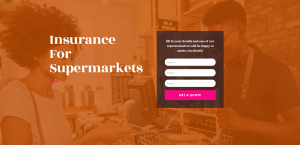The insurance industry, often perceived as a safety net, plays a much larger role. It fosters progress and innovation, driving sustainable growth for businesses, individuals, and communities. This success begins with nurturing talent.
Attracting, developing, and retaining the brightest minds is essential to sustain the industry. It’s not just a strategy—it’s a shared responsibility to inspire the next generation to redefine the future of insurance.
Building Bridges with Tomorrow’s Leaders
Organizations like Gamma Iota Sigma connect students with professionals, showing them that insurance is more than risk assessment. Leaders from diverse fields, such as data analytics, technology, and traditional actuarial sciences, can guide students toward fulfilling careers in this dynamic sector.
Ways to Lead the Charge:
- Creating Connections
Increase access and build direct pathways between experienced insurance professionals and aspiring leaders. - Providing Networking Opportunities
Events like Gamma Iota Sigma’s annual conference allow students to meet employers, develop resumes, and explore potential career paths. - Training Tomorrow’s Workforce
Collaborate with universities to shape curricula, offer internships, and run shadowing programs to prepare students for real-world challenges.
In-House Initiatives to Empower Talent
Insurers can also develop internal programs, such as Travelers EDGE. This initiative partners with schools and organizations to provide scholarships, internships, and career preparation resources. Since 2007, it has enabled over 340 students to earn bachelor’s degrees, creating a robust talent pipeline for Travelers and the broader industry.
Committing to a Brighter Future
To ensure our field thrives, we must commit to mentoring and supporting the next generation. By engaging with initiatives like Gamma Iota Sigma, we can solidify insurance’s dual role as both a safety net and a catalyst for progress.
Let’s Lead Together.
#WeShareYourVisionForABetterTomorrow









